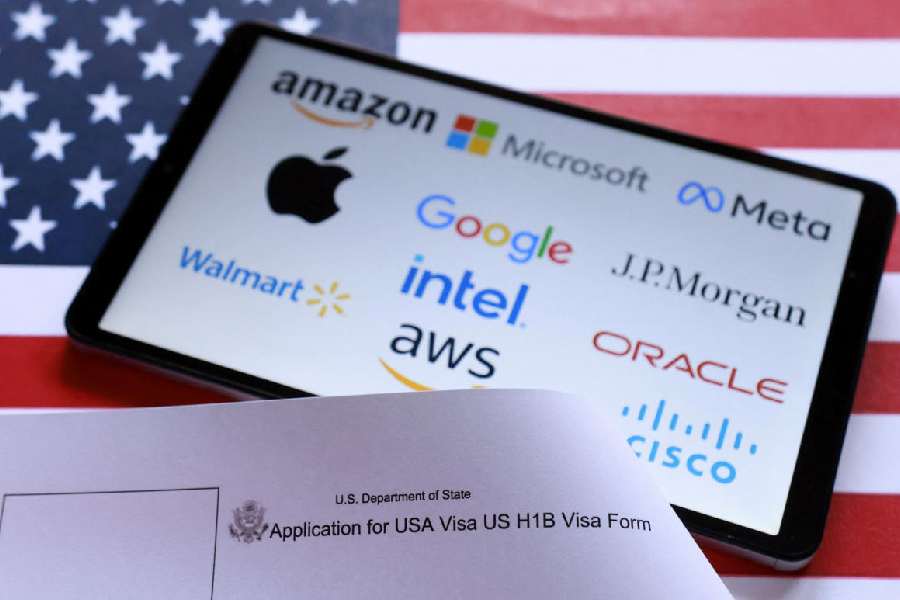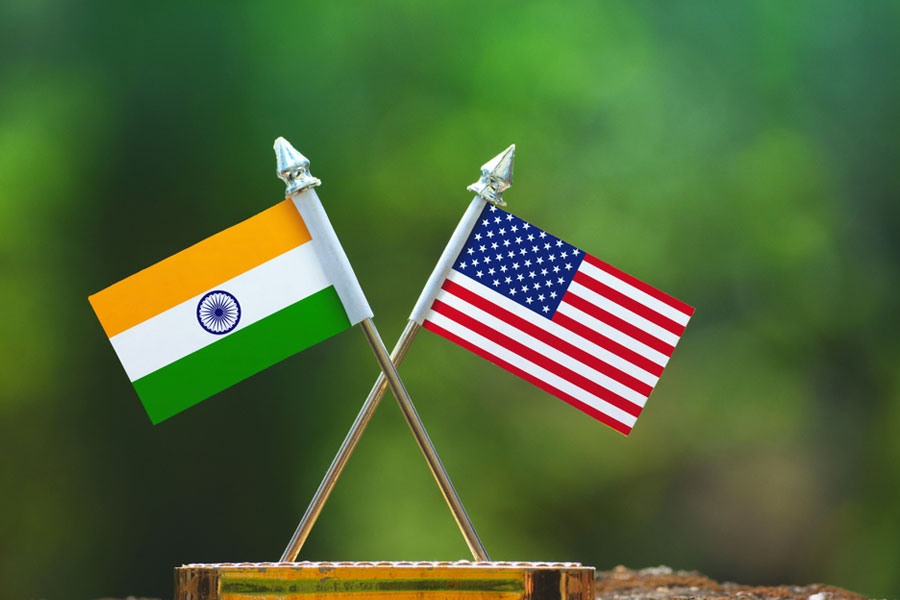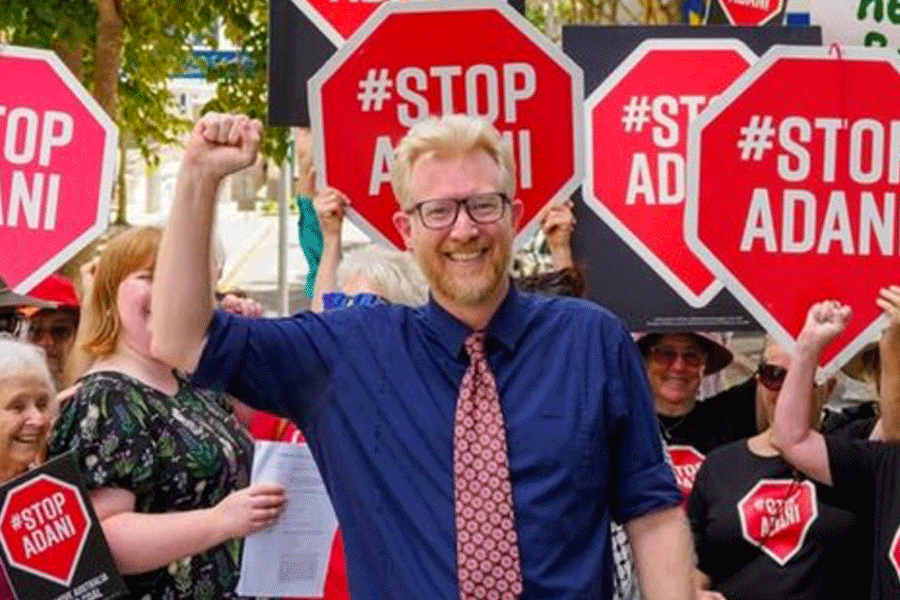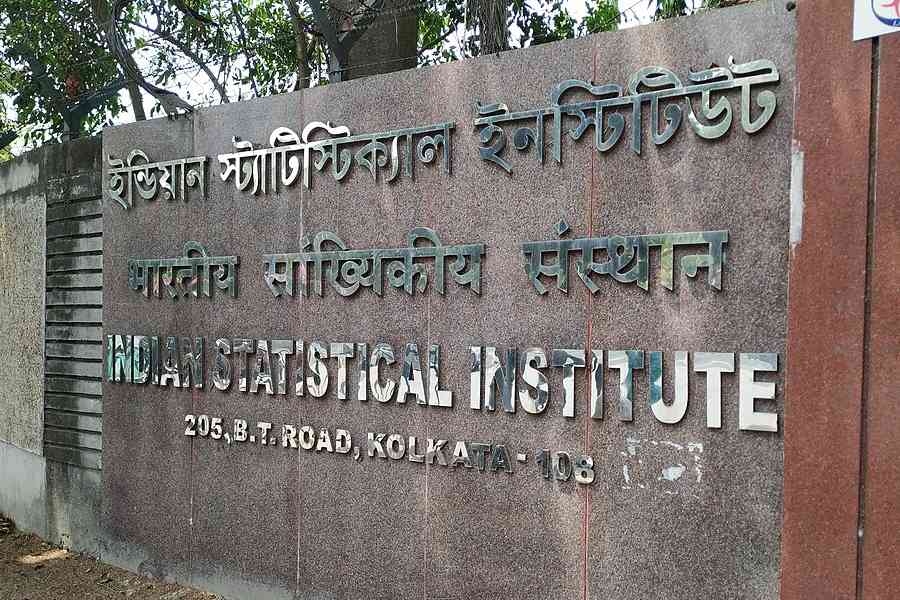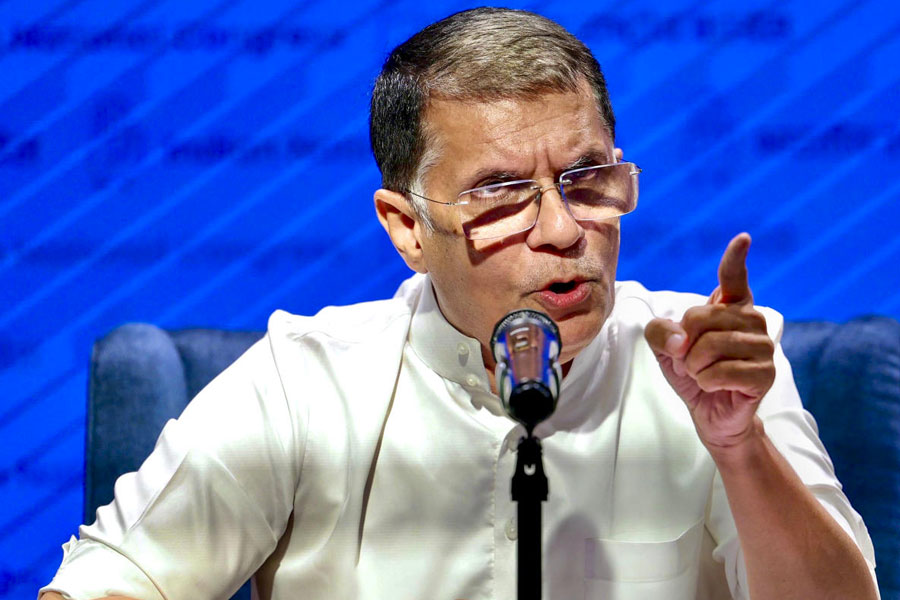The recent changes in the H-1B visa application fees are part of a larger strategy by the United States of America to restrict immigration and increase employment opportunities for its citizens. There will be direct as well as indirect effects of the fee hike to $100,000 on companies and H-1B visa-holders alike. India has been the largest beneficiary of the H-1B visa programme, receiving more than 70% of the total allotment. One can think of, in a stylised version of the market for H-1B visas, four sets of players who might be impacted. The first are Indian visa-holders and their current and future job prospects. The second set comprises Indian technology companies and their costs of providing services to clients in the US. The third group of players includes big high-tech companies based in the US and the likely impact on their hiring strategies for the best talent worldwide. Finally, there will be consequences for young American graduates entering the skilled labour market. The indirect effects are more long term in nature, depending on how university enrolment might be affected in the US and whether India’s use of its own talent pool would be different from what it is now.
The H-1B non-immigration visa was first conceived of in the Immigration Act of 1990 and later modified by the American Competitiveness in the Twenty-First Century Act of 2000. The essence of this development was to enable US companies to hire skilled foreign workers for a temporary period, presumably to make up for shortages in the local market. There was a perceived gap in the number of technology graduates available and the needs of the US economy over a period of time. The number of visas to be given depended on estimates made about these gaps. Something unwritten, but fundamental, about bringing foreign workers into the US was the fact that these workers were very likely to be substantially cheaper than those available in the US market. Hence, there was an incentive to overestimate the gap. For profit-maximising business organisations, the need to minimise labour costs would always trump the political considerations of national identity.
Broadly speaking, there are two categories of Indian H-1B visa-holders in the corporate job market in the US. The first group — it constitutes the majority — works for Indian IT companies like TCS, Infosys or Tech Mahindra. They are part of the information technology enabled services export boom India has benefited from. Of the total employment in this sector in India, they constitute a small fraction, estimated to be 2%-3%, who are sent to work overseas at the client’s site. They can work for a period of three plus three years (after renewal) on an H-1B visa. While these young workers going to the US are undoubtedly good by any standards, they do not constitute the crème-de-la-crème of young talent worldwide. In other words, they are not the top 1% of global talent. These workers, the overwhelming majority being computer science graduates, get only about two-thirds of what a US local hire would have to be paid.
The second group of Indian technology workers is smaller than the first. But it constitutes some of the finest minds in the world. Typically, they get a good degree from India, and then enter the US on a student visa. They acquire a Master's or a PhD. They are then picked up by the top technology companies in the US like OpenAI, Google, Meta, Microsoft or Amazon. These companies want these top brains to create innovations in cutting-edge technology. They are not taken for writing codes or maintaining servers. These recruits (along with some non-Indians as well as Americans) are the best in the world and paid accordingly — anywhere between 200,000 to 300,000 US dollars for starters. These people are a truly scarce resource and certainly do not displace US citizens. The companies will do anything to retain them; paying an extra $100,000 for six years is not an issue to be even discussed. That is why there has been no noise about the fee hike from the leading technology giants.
For the first group, however, the hike in the fees is costly. In paying an additional $100,000 for a worker who, on an average, earns somewhere between $65,000-$100,000 is substantial for the employer. From a purely economic point of view, the employers would still have to manage so as not to lose clients. The expected disruption, however, is not evident in the reactions of the IT companies in India. The landscape of information technology is changing rapidly and dramatically. The kind of work that was being done by workers on-site in the US is becoming obsolete. Systematic lay-offs had begun even before the fee hike. Many of the existing H-1B workers from Indian companies were not being renewed after three years. Many of these bright young workers had gone to the US with dreams of staying on in America. Indeed, in India too, there are lay-offs happening in the IT hubs. For Indian companies, this is part of an important process of business restructuring.
Many Indian technology graduates already in the US who had been told that their visa support would not be renewed were eager to find alternative ways of staying on. Some headhunters and opportunistic lawyers have fished in these troubled waters. Hence, the tightening of the monitoring of immigrants in the US will mean that many of these youngsters would be compelled to return to India. However, after returning to India, it would not be easy for them to settle down. IT jobs relevant to their skills would be scarce. India will have its own ITES restructuring problems, with shrinking employment opportunities.
The final set of players who might be directly affected comprises American graduates from US universities who aspire to start their careers as software engineers. For them, the fee hike and changes in immigration may not be as good a piece of news as being promised. One estimate suggests unemployment among US computer science graduates has increased marginally. If the market is soft, and job opportunities in traditional IT are shrinking, Indian companies would offer low salaries to US graduates. In short, salaries are likely to settle between $65,000 that Indian workers were getting and $100,000 that US hires would start with. On the other hand, the number of new jobs in cutting-edge technology revolving around the development of Artificial Intelligence would grow. But the total number of these jobs are expected to be smaller than what the IT industry had known previously. Moreover, the skill requirements would be exceptionally demanding. In short, the picture for US graduates does not look substantially different than before.
The four sets of players are going to be affected in distinctly different ways in the immediate future. In India, the long-run benefits are going to be twofold. Indian graduates could be made more welcome in new international markets that might be keen to utilise relatively cheap but highly efficient Indian workers. Also, Indian companies could get their act together and accelerate their journey to the next phase of technological developments. The US, on the other hand, might suffer from the general restriction on skilled labour from foreign lands. These restrictions will lead to a drop in foreign students coming to US universities. In that case, the costs of higher education and a college degree would go up even further. College enrolment might drop as a result; it would then become even more expensive to hire a local youngster educated in one of the beautiful US universities.
Anup Sinha is former Professor of Economics, IIM Calcutta

